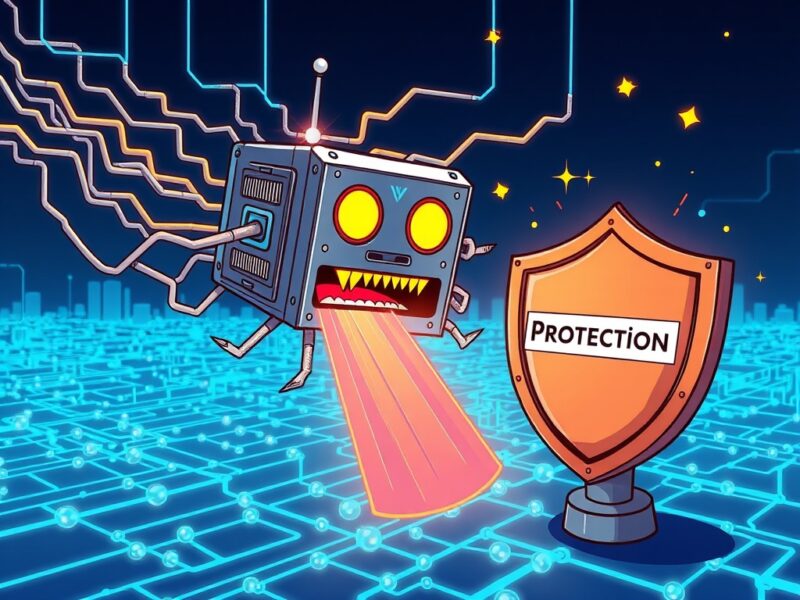TON Strategy Company has approved a plan to buy back $250 million of its stock. This plan aims to improve the balance sheet of Toncoin holdings.
TON Strategy Targets Shareholder Value with $250M Buyback
In a recent press release, TON Strategy Company (formerly Verb Technology) announced that its board of directors has approved a $250 million stock buyback plan. This would be done either through open-market transactions or alternative methods permitted under securities law.
The company is not obligated to acquire a set number of shares. However, factors such as market conditions, liquidity, and share price will influence the decision.
Executive Chairman Manuel Stotz explained that the strategy is designed to give the firm flexibility in capital allocation. If shares trade at a discount to net asset value (NAV), the company could pursue buybacks. On the other hand, if the stock trades at a premium, the TON Strategy may issue stock to acquire additional Toncoin.
The launch of the buyback program follows the company’s recent rebranding and ticker transition to TONX on the Nasdaq Capital Market. Formerly operating as Verb Technology, the firm has fully embraced a digital asset treasury strategy focused on Toncoin.
As CoinGape previously reported, TON Strategy disclosed holdings worth $780 million. It comprised $713 million in Toncoin and $67 million in cash. This portfolio positions itself as one of the most prominent institutional supporters of its ecosystem.
TONX Stock and Toncoin Performance
According to Yahoo Finance data, the TONX price has cooled to around $12 after peaking near $15. Earlier in August, the TON Strategy stock surged as much as 100% following its Toncoin accumulation announcement.
Source: Yahoo Finance; TONX Daily ChartThe Toncoin price has also maintained its movement. Over the past 24 hours, the token rose 0.54% to $3.18. This steady situation makes a stronger case for organizations to buy and hold onto assets.
Source: TradingView; Toncoin Price Daily ChartMeanwhile, another Nasdaq-listed company, AlphaTON Capital Corp, launched its Toncoin treasury worth $100 million. The firm raised $38.2 million through a private share placement and secured a $35 million loan facility with BitGo Prime to expand its Toncoin exposure.
TON Strategy launched the $250 million buyback plan to address its current profit challenges and the recent instability of its stock. The company is currently operating with a -235.87% profit margin as it navigates through the downturn.
Investment disclaimer: The content reflects the author’s personal views and current market conditions. Please conduct your own research before investing in cryptocurrencies, as neither the author nor the publication is responsible for any financial losses.
Ad Disclosure: This site may feature sponsored content and affiliate links. All advertisements are clearly labeled, and ad partners have no influence over our editorial content.
Source: https://coingape.com/ton-strategy-company-unveils-250m-stock-buyback-plan-to-boost-holdings/

